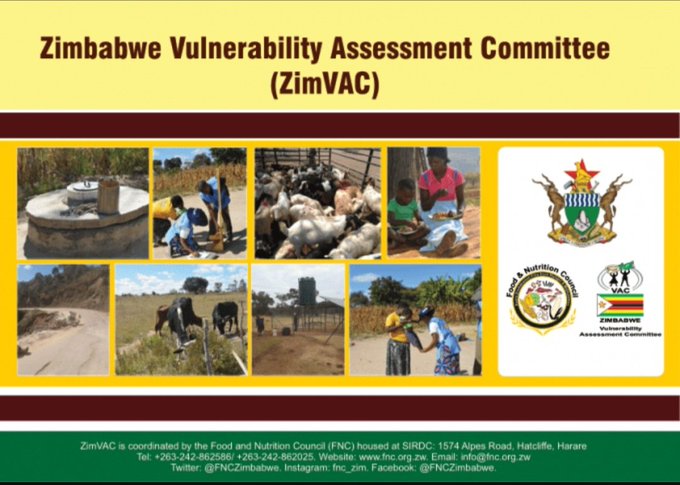Zim’s household food insecurity down to 26% in 2021 – ZimVac
Share

Harare, (New Ziana) – Food insecurity among households in the country is down to 27 percent from 56 percent last year following a good 2020/21 agricultural season, the government said on Tuesday.
Information, Publicity and Broadcasting Services Minister, Monica Mutsvangwa told journalists the latest findings were contained in the Zimbabwe Vulnerability Assessment Committee (Zimvac) 2021 Rural Livelihoods Assessment Report carried out last month.
“The reduction in the prevalence of food insecurity from 56 percent the previous year to 27 percent this year is worth noting.” Mutsvangwa said.
“This reflects government’s ability to reduce the problem by over 50 percent compared to the previous season, hence the right step towards achieving one of the country’s goals in the NDS1, particularly of ensuring a food surplus economy.”
Zimbabwe is expecting a cereal surplus of 828 263 tonnes this year, a first is years.
Mutsvangwa said the study had also revealed that monthly income levels had more than doubled to US$75 from US$33 last year.
“At least 54 percent of the households received support from government, with development partners complementing these efforts by supporting 25 percent of the households,” the minister said.
Some urban families were expected to experience food shortages as well as some in outlying areas that received low rainfall.
“It is expected that some urban dwellers may experience food insufficiency for which government is ready to provide the required support,” Mutsvangwa said.
“Development partners and donor agencies are encouraged to procure food from inside the country as imports will not be necessary.”
The 2021 Annual Rural Livelihoods Assessment was undertaken to inform planning for targeted interventions to help the vulnerable people, given the prevailing situation in the country as well as their long-term vulnerability context, and to monitor and to report on commitments within the guiding frameworks of existing national food and nutrition policies and strategies.
New Ziana








